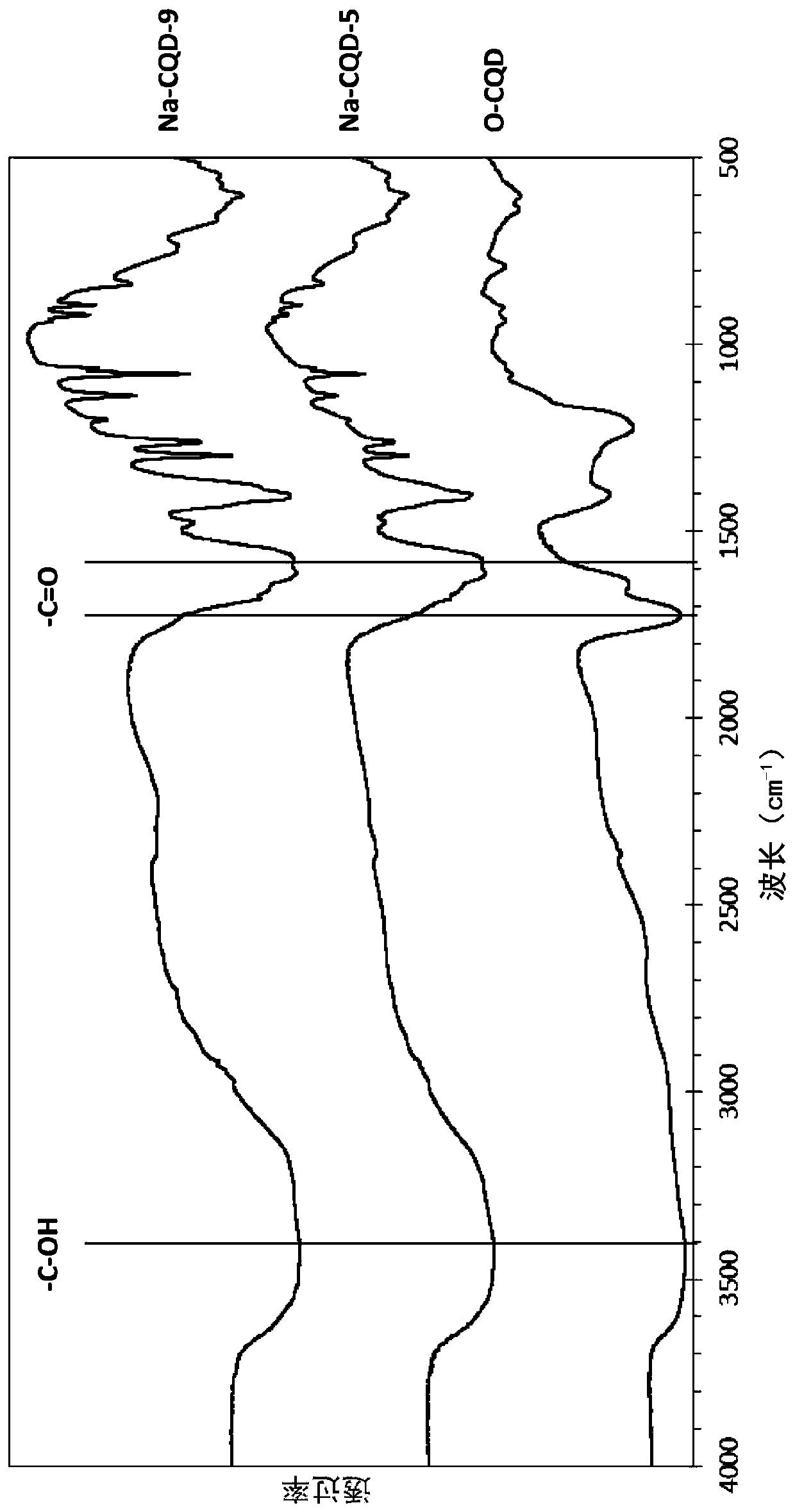A thin film composite membrane
A thin film and polymer technology, applied in the field of thin film composite film and its formation, can solve the problems of difficult to manufacture selective layer, large size, etc.
- Summary
- Abstract
- Description
- Claims
- Application Information
AI Technical Summary
Problems solved by technology
Method used
Image
Examples
Embodiment 1
[0102] Chemicals and Materials
[0103] Bought 3100P polyethersulfone (PES, Solvay Advanced Polymer), N-methyl-2-pyrrolidone (NMP, 99.5%, Merck), polyethylene glycol 400 (PEG, Mw=400g / mol, Acros Organics) and glycerin (industrial Grade, Aik Moh Pains & Chemicals Pte.Ltd.), PES hollow fiber support layer for fabrication and post-processing of TFC membranes. In the interfacial polymerization process, 1,3,5-benzenetricarboxylic acid chloride (TMC, 98%, Sigma-Aldrich), hexane (99.9%, Fisher Chemicals), m-phenylenediamine (MPD, 98%, T.C.I.) and ten Sodium Dialkyl Sulfate (SDS, 99%, Sigma-Aldrich) to make the polyamide selective layer of the TFC membrane. CQDs were synthesized and functionalized using citric acid (99.5%, Sigma-Aldrich) and sodium hydroxide (98%, Sigma-Aldrich). Sodium chloride (NaCl, 99.5%, Merck) was obtained to prepare all saline solutions in this work. Deionized (DI) water used in this work was produced by a Milli-Q ultrapure water system (Millipore, USA). ...
Embodiment 2
[0164] Chemicals and Materials
[0165] use 3100P polyethersulfone (PES, Solvay Advanced Polymer), polyethylene glycol 400 (PEG, Mw=400g / mol, Acros Organics), N-methyl-2-pyrrolidone (NMP, 99.5%, Merck) and glycerol (industrial Grade, Aik Moh Pains & Chemicals Pte.Ltd.) prepared porous hollow fiber substrates. By using 1,3,5-benzenetricarbonyl chloride (TMC, 98%, Sigma-Aldrich) in hexane (99.9%, Fisher Chemicals) and containing sodium dodecyl sulfate (SDS, 99%, Sigma-Aldrich) Interfacial polymerization of m-phenylenediamine (MPD, 98%, T.C.I.) in an aqueous solution of a polyamide layer was deposited on top of the inner surface of the porous substrate. CQDs were synthesized from citric acid (99.5%, Sigma-Aldrich) and then functionalized with sodium hydroxide (98%, Sigma-Aldrich) to generate NaCQDs. Sodium chloride (NaCl, 99.5%, Merck) was used for membrane performance testing. All chemicals were used as received without further purification. Throughout the experiments, dei...
PUM
| Property | Measurement | Unit |
|---|---|---|
| thickness | aaaaa | aaaaa |
| thickness | aaaaa | aaaaa |
| pressure | aaaaa | aaaaa |
Abstract
Description
Claims
Application Information
 Login to View More
Login to View More - R&D
- Intellectual Property
- Life Sciences
- Materials
- Tech Scout
- Unparalleled Data Quality
- Higher Quality Content
- 60% Fewer Hallucinations
Browse by: Latest US Patents, China's latest patents, Technical Efficacy Thesaurus, Application Domain, Technology Topic, Popular Technical Reports.
© 2025 PatSnap. All rights reserved.Legal|Privacy policy|Modern Slavery Act Transparency Statement|Sitemap|About US| Contact US: help@patsnap.com



